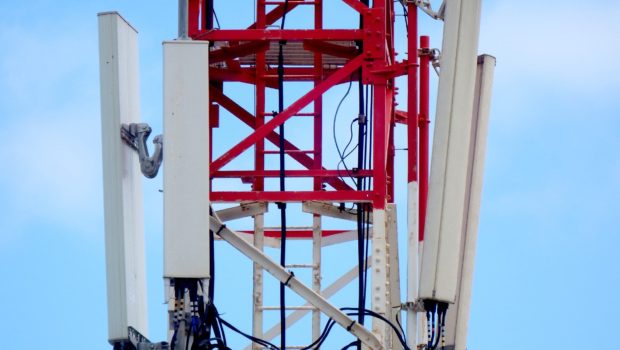What is Ahead in 2030 and How Far Can 5G Take Us?
Imagine we are in the year 2030, what should we expect from our internet?
By then, 5G will have been adopted globally in most households and will have already changed the digital landscape as we know it. 5G has given us the speed and capacity to do so much more with the internet at our disposal.
Smart city infrastructures could be in full use from smart parking that monitors parking spaces and giving this information to drivers, smart waste bins that have sensors that tell collection companies it is time to come and pick it up, and to smart buildings that acclimatize depending on how many people are inside.
Remote patient monitoring is likely to be adopted globally, whereby doctors and nurses no longer have to have patients taking up room in the hospitals. Augmented and virtual reality should also be in full swing – now being used by corporations and firms using these technologies to market their products and services in ways never been seen before.
Technology Will Continue to Push Boundaries
Our lifestyles have transformed in the last 30+ years since technology advanced to give us creations such as the internet and mobile phones. It will continue to change further as technology continues to push the boundaries of what is possible. Even if we were to look further ahead than 2030, there are some technologies advancing that will have a big impact on our lives. What does this mean for the internet? It will have to be faster, more stable, and bigger than ever.
First, it is clear that automation is something that will significantly advance in the next 20 years. This will make our lives easier, more cost effective for business, but in turn will create tons of additional data. Then, rather than working in isolation, many things on the internet will work at system level. That calls for faster speeds and better reliability. What about the constant evolution of VR and AR? Many claim that we will soon see the emergence of holographics being used to add more blurs to the line between what is real and what is digital. Let’s not forget the IoT either, as our devices, appliances, and anything else that can become smart will need to have the internet to power them all.
As technology advances, internet protocols and standards have to follow suit. What we see as being advanced today will be nothing but irrelevant in 10 years’ time. While 5G will offer what we need for several years, future applications will soon start to push the capabilities of what it can offer. That is how the world of technology works. DSL was fine for a time, heck even dial up internet was revolutionary – but they all have their shelf life.
As an example, playing your favorite online console game at 10 Gbps or more is more than enough right now. Computing and processing power has not quite got the ability to require much more than that – not at a consumer level, anyway. Yet, in a decade, that 10Gbps will be seen slow, just as 1Mbps is now considered slow when previously, it was seen as a godsend for gamers.
Looking into the future is both exciting and interesting, especially when it comes to emerging technologies such as Weneedprivacy cyber security software and high speed internet doing away with slow interne forever. It can create all sorts of images in your head as to what kind of world we might be living in down the line. One thing for certain though, is that 5G might be all the rage right now but it will long be forgotten in the next couple of decades.
















